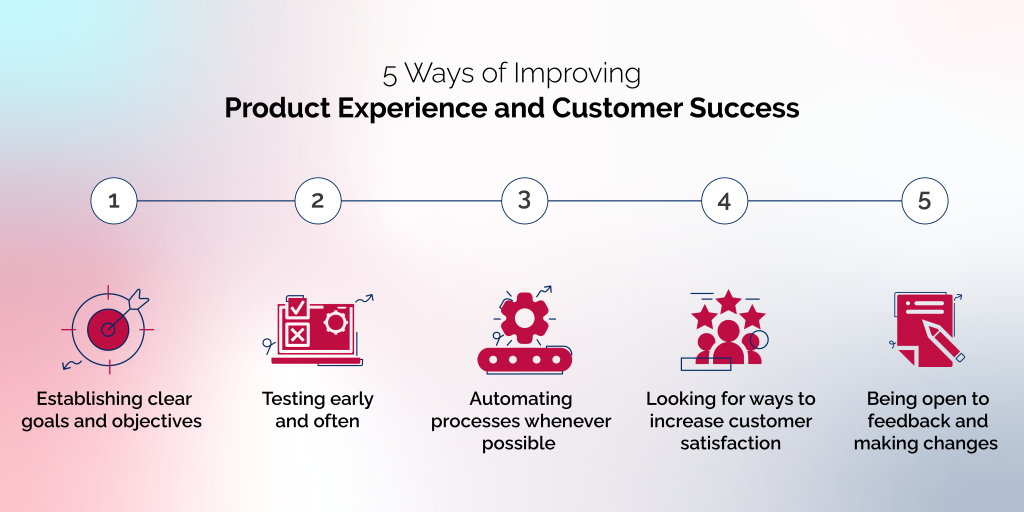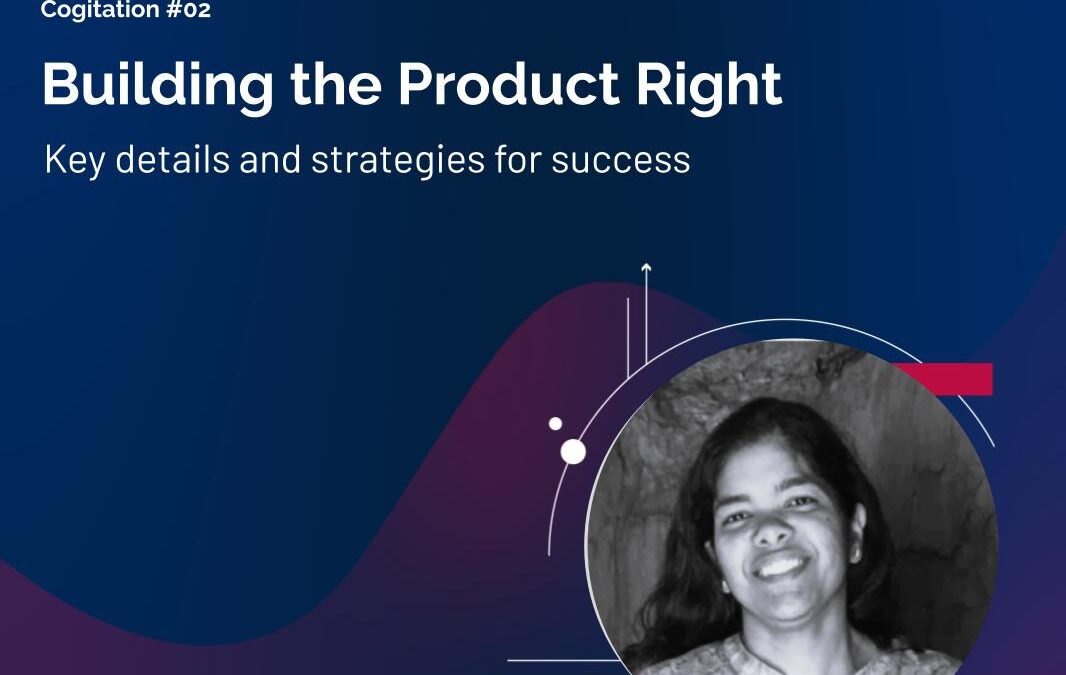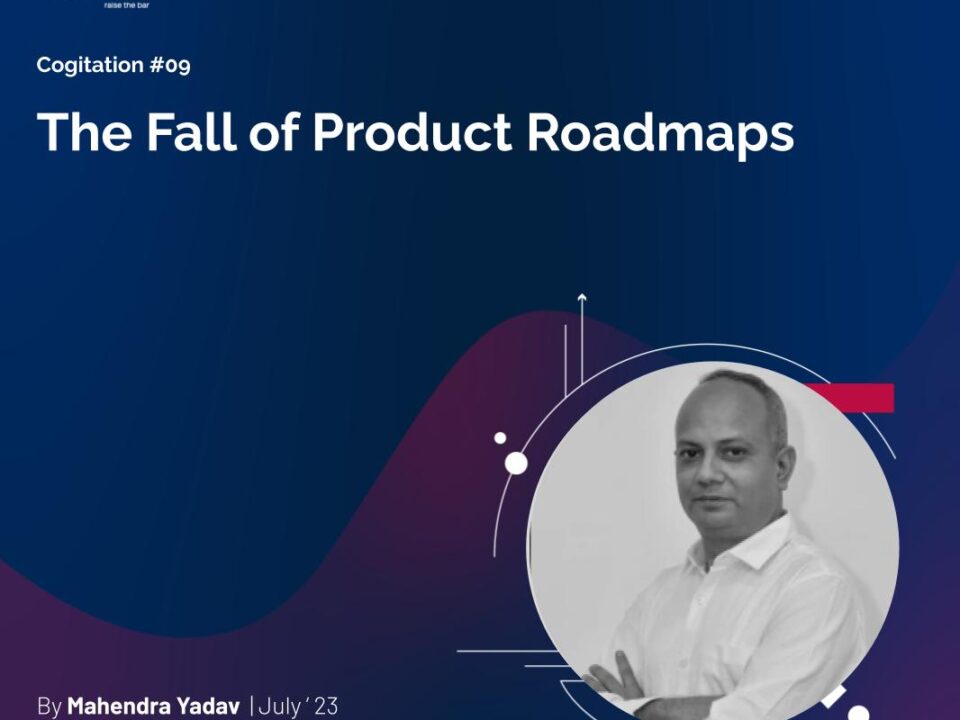
Unlocking the Secrets to Building the Right Product

Product Management Gets Frustrating When Someone Else Cares More About the Risks
2: Building the Product Right—
Key Details & Strategies for Success
While the global pandemic made the world go remote and accelerated the adoption of Software-as-a-Service (SaaS), most businesses are still struggling with app limitations or substandard software. How do you ensure you are investing in building SaaS products that will not fail? Read how we found the key to building it right!
The Difference Between Any Software and a Great Product
In response to the hyper-specialization of business and demands of the contemporary remote-working environment, Gartner predicts 16.8% growth for SaaS products in 2023, with the global SaaS industry worth rising to $60.36 Bn. Moreover, about 88% of businesses are adopting SaaS with the expectation that the solutions will address their unique requirements and improve the efficiency of core processes. [1]
However, organizations are still suffering limitations of SaaS systems, latency, and poor in-app performance that negatively influence user retention. If you wish to improve customer loyalty and ensure faster returns on SaaS investments, it is essential to understand the difference between any software and a great product.
Software engineering creates functioning software that will meet your requirements. But is that enough to call it a product? Software engineering focuses on the technical aspects involving coding, testing, and debugging. Product development, however, goes further, focusing on user experience, design, and usability. Combining the two processes can create a product that users will love using every day and enable a company to stand out from the competition.
A great product not only provides an enjoyable experience for the users, but also solves a problem. Creating a great product requires more than just coding or developing features. It requires paying heed to user responses and creating a desirable experience while delivering value. Great products get built by teams who constantly strive to improve through feedback from users and other stakeholders, research, thoughtful planning, and iteration.
Building the Product Right – The Key to Success for Any Software
To build the product right, we need to properly verify every phase of development is maintaining high quality and meeting stakeholder expectations. To ensure the product is being moved in the right direction based on sufficient feedback, here is a quick overview of the ideal Delivery Culture:
- The implementation of fortified Agile practices increases agility, visibility, control, and accountability. Using a burndown chart can make release planning more predictable and cost-effective.
- Dual Track Agile can ensure quality is built in from the start. Reducing the number of iterations to increase the speed of delivery on one hand, while keeping the overall development cost in check by course corrections whenever necessary.
- The Agile hierarchy can be used to break down large-scope software requirements into manageable chunks for visualizing and tracking progress, from definition to design and delivery.
- Additionally, ‘Shift Left’ practices can be employed to begin testing early on, reducing the chances of defects later in the lifecycle, thus preventing the increase of the cost of quality.
- Robust DevOps can also be leveraged to support uneven sprints and shorter continuous cycles of the design-to-delivery process, emphasizing process efficiency over velocity.
- Finally, work with a team that is highly motivated, customer-focused, collaborative, and aligned with shared values and ethics for behavioral excellence.
“A great product is the secret to long term growth hacking.
-Sam Altman
You should get that right before you worry about anything else.”

5 Ways of Improving Product Experience and Customer Success
As businesses shift to a SaaS model, customer experience becomes of utmost importance. With custom SaaS development, businesses can get solutions tailored to their needs.
1. Establishing clear goals and objectives
Before the development project begins, we must carefully consider the user experience we seek to create and the business requirements. That will help generate a roadmap for the project, informing the development process. Keeping the processes flexible and efficient is crucial, as goals and objectives may need updating after customer feedback.
2. Testing early and often
Testing helps identify issues with the product before it’s released. Testing again when changes are made to the code will ensure functionality remains intact. An experienced and qualified tester provides an accurate and unbiased view of the product and how it performs. Thus, the outcome is a more reliable product, fit for its purpose, and meets customer expectations.
3. Automating processes whenever possible
Software development can be tedious and time-consuming. Automation can not only speed up and streamline but also optimize processes. Automating the testing processes makes monitoring performance, identifying gaps, and fixing issues quick and easy. That will help ensure the SaaS product is as efficient and effective as possible.
4. Looking for ways to increase customer satisfaction
All throughout the product development lifecycle, the customer remains in focus and the mission is to help them achieve success. And that could mean working to provide better customer support, improved user experience, and maximum outcome from the product. The customers are kept updated at all times about any new features or changes made to the product and have full access to relevant resources.
5. Being open to feedback and making changes
Software development is an iterative process, open to taking customer opinions into consideration and accordingly updating the product. Feedback is essential for discovering ways to more efficient processes and improving productivity. Listening to user feedback will guide the team toward making the right decisions that can improve the user experience and ensure the delivery of a product that meets customer expectations.
Wrapping Up!
SaaS product development is the process of designing, developing, testing, and deploying software applications. But businesses often struggle with getting the product right. Rushing through the design phase or not putting enough emphasis on testing can lead to problems down the road, such as application crashes or poor user experience.
To build the product right, businesses need to give equal and enough importance to every phase of software development. As the world shifts to digital-first, it’s become even more critical.
There are a few key things you can do. First, have a clear understanding of the target customer. What are their needs and pain points? Second, define what success looks like for the product. What is the target KPIs? And finally, create a product that is easy to use and solves customers’ problems.
Delivering a great product experience begins with building the product right.
Come, Build with Caizin!
References:
[1] Joshi, R., & Prabhu, S. (2022, December 31). 6 Industry Trends That Will Drive The SaaS Industry In 2023. Inc42 Media. 6 Industry Trends That Will Drive The SaaS Industry In 2023
[2] Walker, S. E. (2014, October 11). Words of Wisdom from Sam Altman. WALKER CORPORATE LAW GROUP, PLLC. Words of Wisdom from Sam Altman





